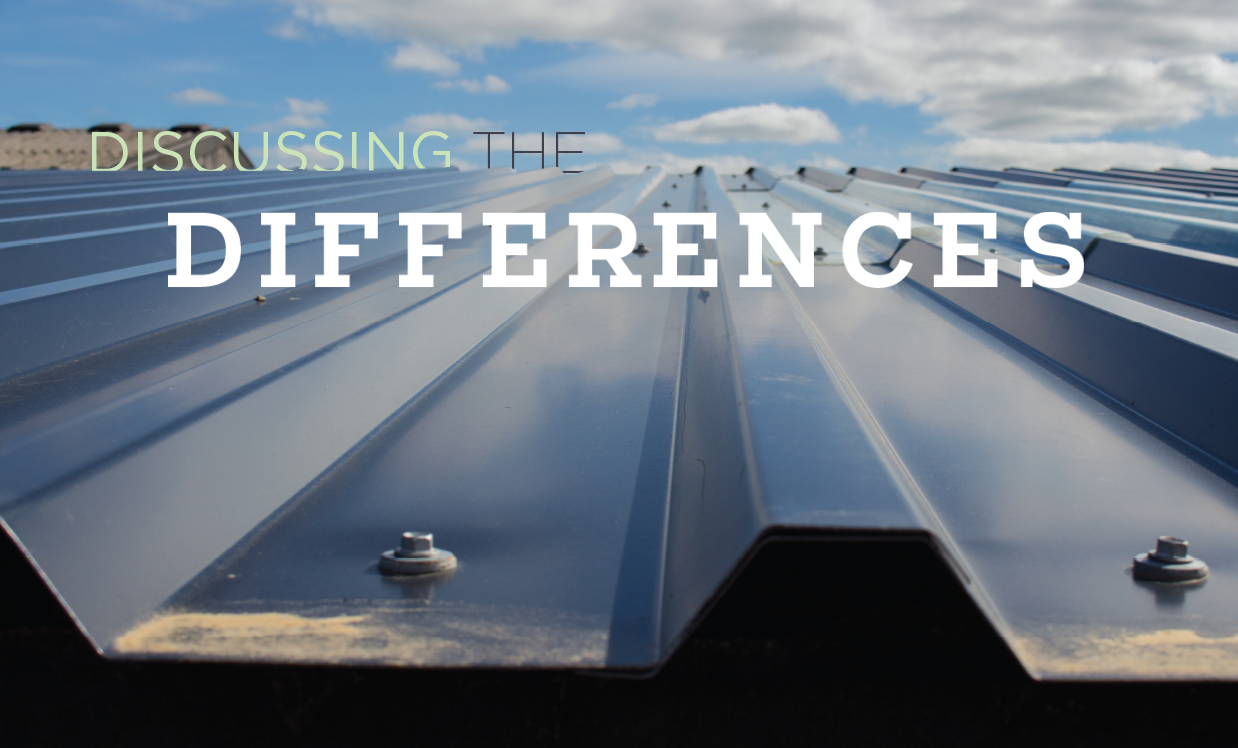In 2014, the Fort Worth, Texas, community voted to build a new multipurpose arena. Designed in Art Deco style by architect David M. Schwarz, the $540 million Dickies Arena is a state-of-the-art venue that includes one-of-a-kind finishes, has a capacity of 14,000 and contains the second-largest 360-degree video screen in North America, extending past the width of the basketball court.
Selected by the project’s general construction manager, Jeff Eubank Roofing Co. Inc., Fort Worth, helped design and install the arena’s multiple roof systems.
Scope of work
With the first venue event scheduled to take place in 28 months, in July 2017, the Jeff Eubank Roofing crew began a yearlong budgeting and design process that consisted of a 123,300-square-foot dome with a 3-foot-wide internal gutter and sponsorship logo; a 55,300-square-foot PVC roof system with pavers on a concourse; a 9,000-square-foot standing-seam Galvalume® roof system on a pavilion; two flat-seam Galvalume roof systems on the arena’s north towers; and 36 smaller-sized roofs, balconies and canopies.
Dome
To address potential ice sliding off the dome, the internal gutter at the base underwent multiple designs.
“Eventually, a fully tapered Sarnatherm® 25-psi polyisocyanurate insulation system with 1/4-inch-thick DensDeck® Prime Roof Boards set in low-rise adhesive along with fully adhered Sarnafil® G410-20 PVC membrane was settled on,” says Jeff Eubank, president of Jeff Eubank Roofing. “The system was finished with a drainage mat, filter fabric and Hanover® pavers, and concrete panels were installed at the walls.”
To achieve superior acoustics, a key building feature, an EPIC Metals® acoustical steel deck was selected.
“With the help of Sika® Sarnafil,® engineers from EPIC Metals and FM Global along with the project’s core team, we designed a dome with two layers of mechanically fastened Sarnatherm polyisocyanurate insulation and one layer of 5/8-inch-thick DensDeck Prime Roof Boards to the acoustical flute fill insulation nestled within the steel roof deck,” Eubank explains. “Then, we fully adhered Sarnafil G410-20 PVC membrane and finished it off with more than 16 miles of custom-colored décor ribs.”
Because of the steel deck’s deep, perforated ribs, traditional tie-off anchors could not be used. The team had to devise a unique solution to keep workers safe and materials secure.
“In consultation with EPIC Metals and a local structural engineer, we designed, tested and fabricated custom anchors that fit between the flutes of the deck,” Eubank says. “Although the anchors had to be set in place using tower cranes, the anchors provided more than adequate strength in the event the fall-arrest system was engaged. For material handling, we designed and fabricated two large aluminum platforms similar to the tie-off anchors.”
With a strong safety and logistics plan in place, the Jeff Eubank Roofing team prepared to start the dome installation after the Fourth of July holiday in 2018. However, because of last-minute issues related to other trades that would affect the roofing crew’s safety, the team had to swiftly develop a new production plan in two weeks.
“Instead of working bottom to top around the dome, we were forced to work on the lower half and complete it before starting work on the upper half,” Eubank says. “This deviation rendered the staging platform almost useless. Because materials could not be anchored to the roof, one of four tower cranes was dedicated to roofing materials as much as possible while not completely shutting down other trades working in the same section. This obviously had an effect on our production rate.”
To further complicate the installation, a high-pressure weather system stalled over northern Texas late that summer.
“With radiant temperatures exceeding 170 F by late morning, standing on the roof went from feeling like you were standing in an oven to standing in a pressure cooker,” Eubank says. “It quickly became a legitimate life-safety issue, forcing roofing operations to nighttime work only. This was followed by the wettest fall season on record in Fort Worth.”
Logo
After the PVC membrane roof system was completed, the team applied logo signage for the arena’s title sponsor. Working from a helicopter, workers affixed four 30-foot Dickies logos to steel beams set on concrete pedestals at all four building elevations. Then, the team applied Sika Liquid Flashing to the beams and pedestals.
On the dome’s east elevation, a 9- by 130-foot Dickies Arena decal was applied. To accomplish this, the team created a template that was pieced together in Jeff Eubank Roofing’s off-site shop and overlaid in the field.
“Once applied, the only way adjustments could be made was to remove the roof area entirely, so the decal crew diligently took photos of elevations to ensure a level installation all while battling difficult winds and a steep slope over a finished roof,” Eubank says.
After the decal was applied, the blue lettering was infilled with a custom color to match the décor ribs.
Concourse
The lower roof sections consisted of structural concrete decks. For these areas, workers set fully tapered Sarnatherm polyisocyanurate insulation and 1/4-inch-thick DensDeck Prime Roof Boards in low-rise adhesive.
“At this point we had to dry-in the roof before the adjacent masonry work was completed, so we laid one ply of self-adhering Sarnafil SA-11 vapor retarder,” Eubank says. “Once the brick work was completed, we moved around the building clockwise to install the Sarnafil system that included a custom-color G410-20 PVC membrane.”
Additionally, the Jeff Eubank Roofing team installed similar roof systems on 36 elevator towers, entrance canopies and concourse balconies throughout the site. Once the roof systems were complete, team members installed Hanover Prest® Pavers and pedestals on the balconies.
Pavilion and north towers
On the pavilion, workers mechanically fastened two layers of polyisocyanurate insulation and one layer of 3/4-inch-thick plywood to the acoustical steel roof deck followed by SOPREMA® LASTOBOND® Shield HT (high-temperature) polymer-modified bitumen and Fabral® POWERSEAM™ standing-seam Galvalume panels.
On the arena’s two north towers, the team mechanically fastened two layers of 1/4-inch-thick plywood to the steel roof deck followed by LASTOBOND Shield HT polymer-modified bitumen and Fabral flat-seam Galvalume panels.
An iconic project
In November 2019, the Jeff Eubank Roofing crew completed work on the Dickies Arena. Although the team was faced with significant logistical and weather issues, the project was completed ahead of schedule, under budget and without a lost-time incident.
“The venue is in the heart of our cultural center and minutes from the neighborhood I grew up in,” Eubank says. “I drive by it several times a day, and there isn’t a time I don’t admire the work of our team. I am so proud of their efforts and to be part of such an iconic Fort Worth project.”
Photo credit: Photos courtesy of Jeff Eubank Roofing Co. Inc., Fort Worth, Texas.
Project name: Dickies Arena
Project location: Fort Worth, Texas
Project duration: July 2018-November 2019
Roof system types: Galvalume® and PVC
Roofing contractor: Jeff Eubank Roofing Co. Inc., Fort Worth
Roofing manufacturers: EPIC Metals,® Rankin, Pa.; Fabral,® Lancaster, Pa.; GAF, Parsippany, N.J.; Hanover® Architectural Products, Hanover, Pa.; Sika® Sarnafil® Inc., Canton, Mass.; SOPREMA® Inc., Wadsworth, Ohio


